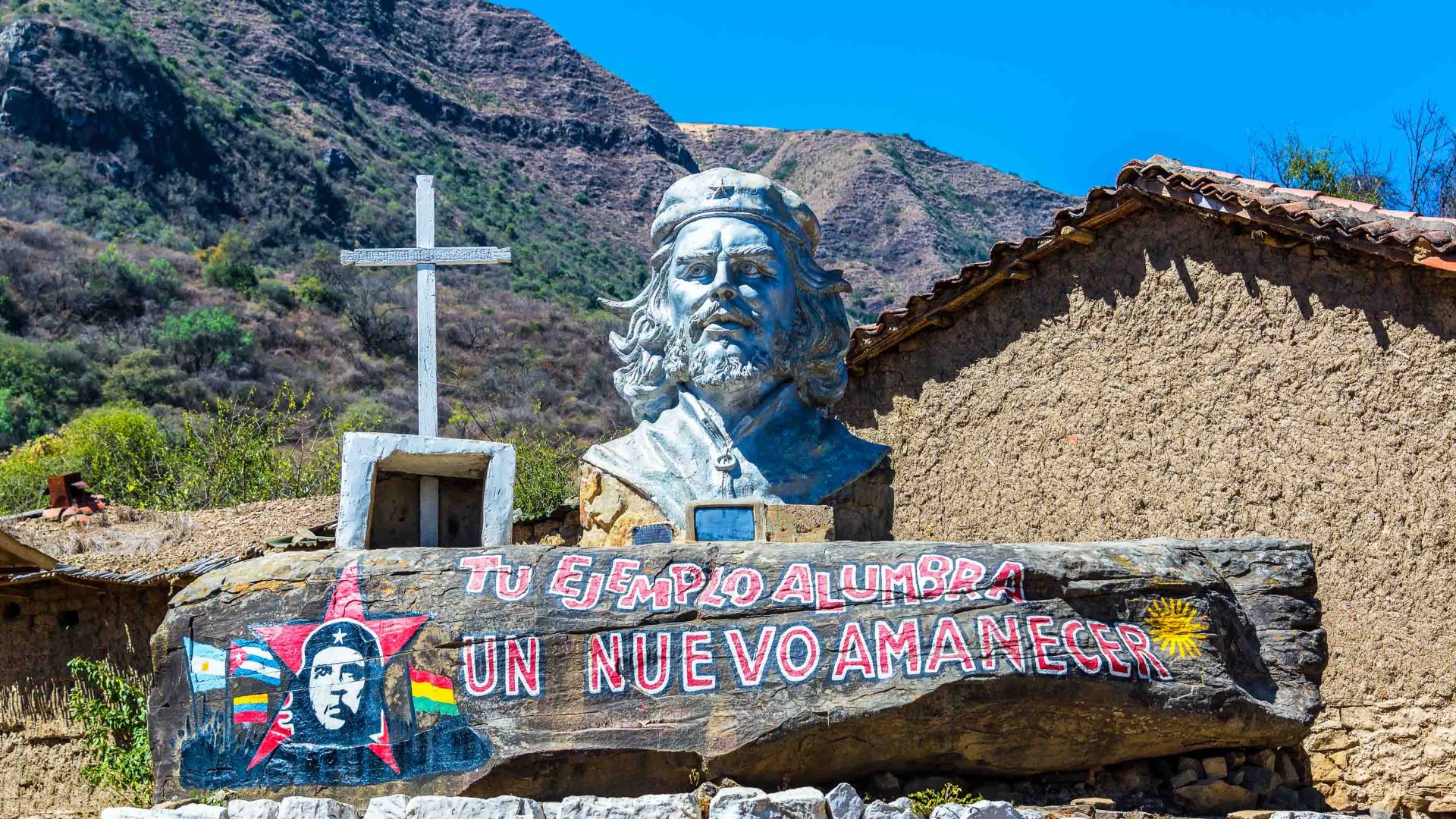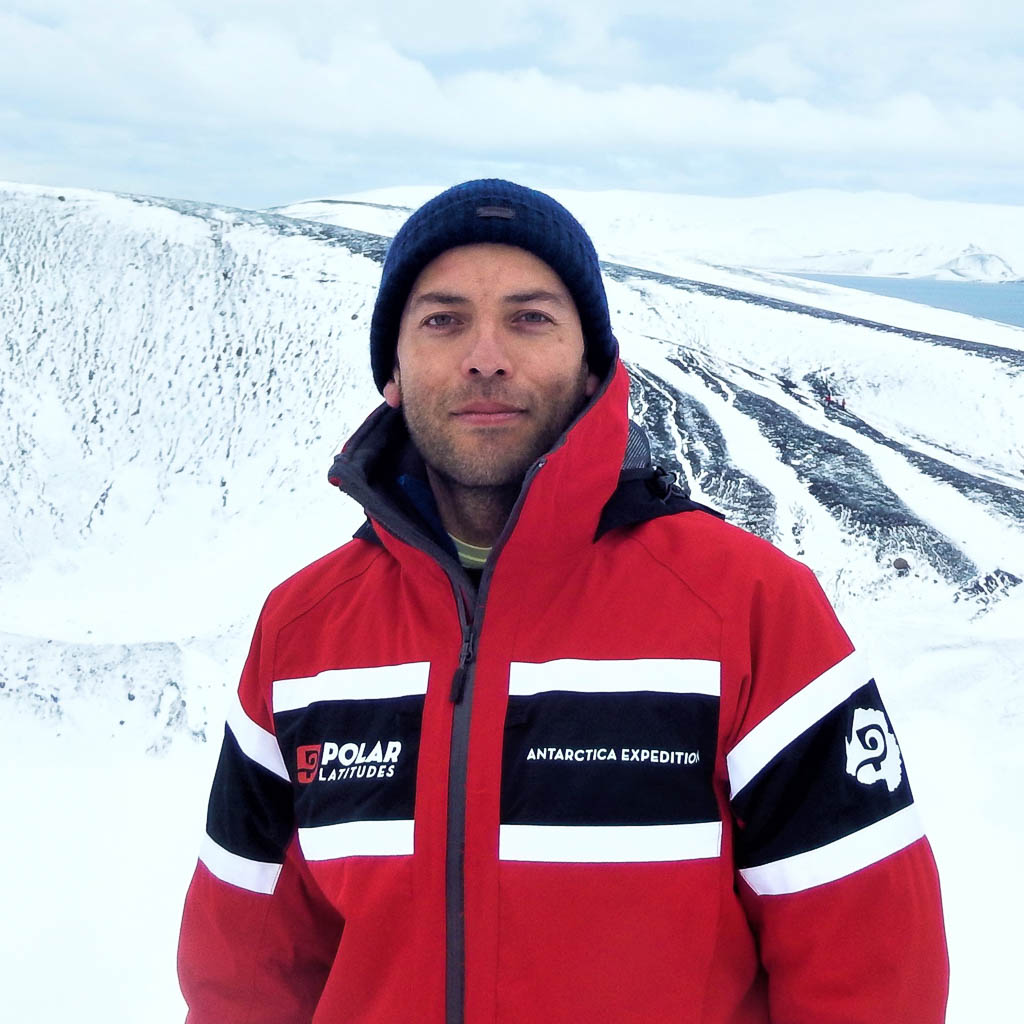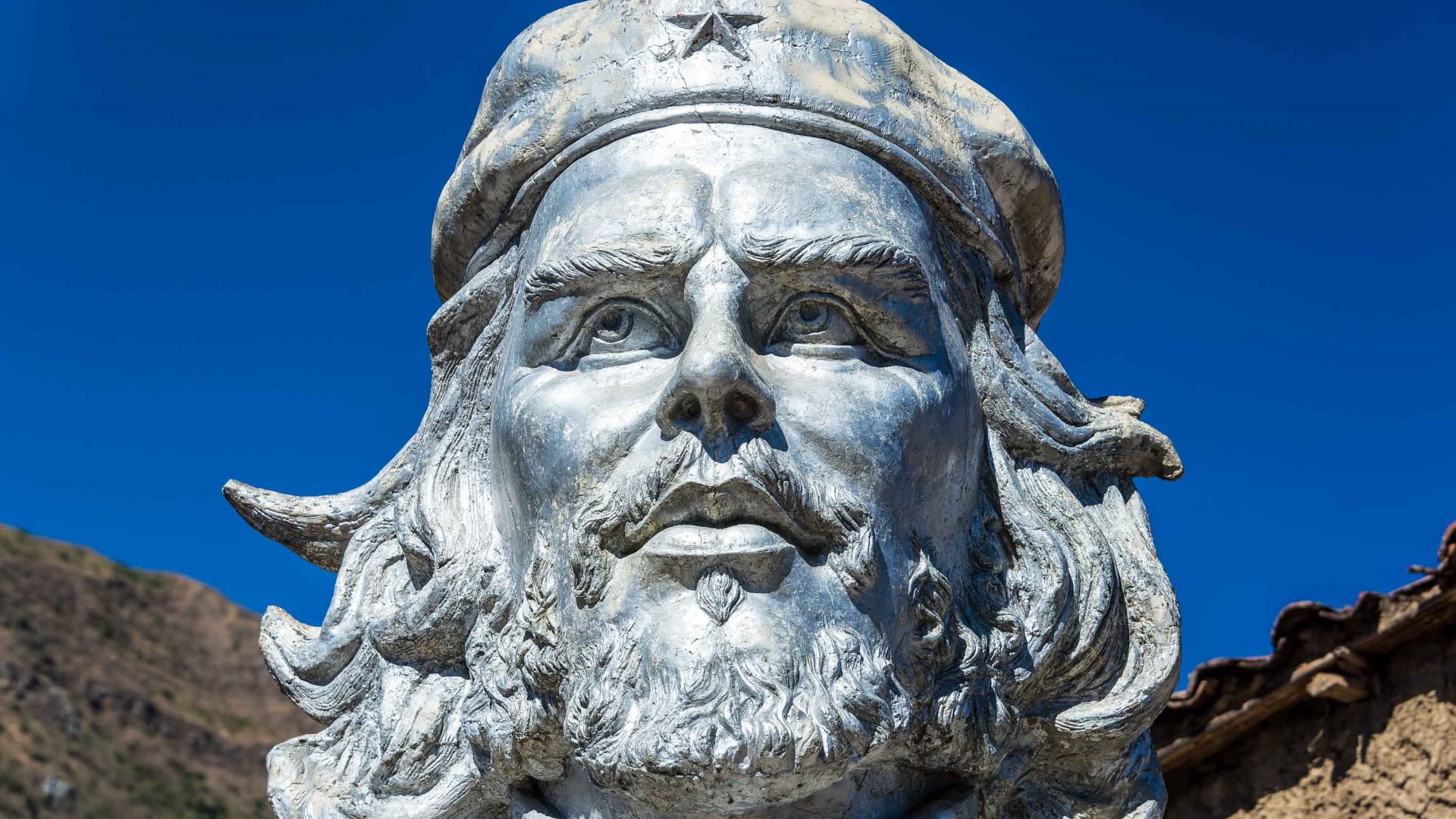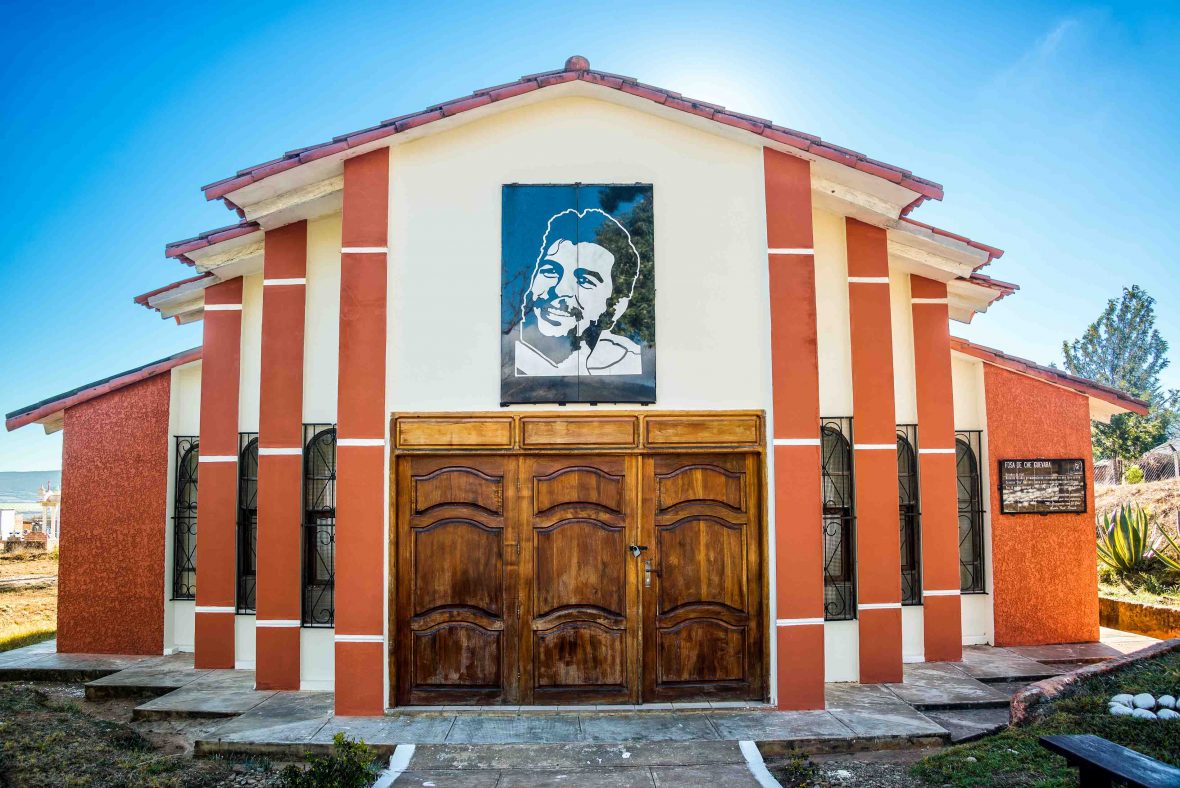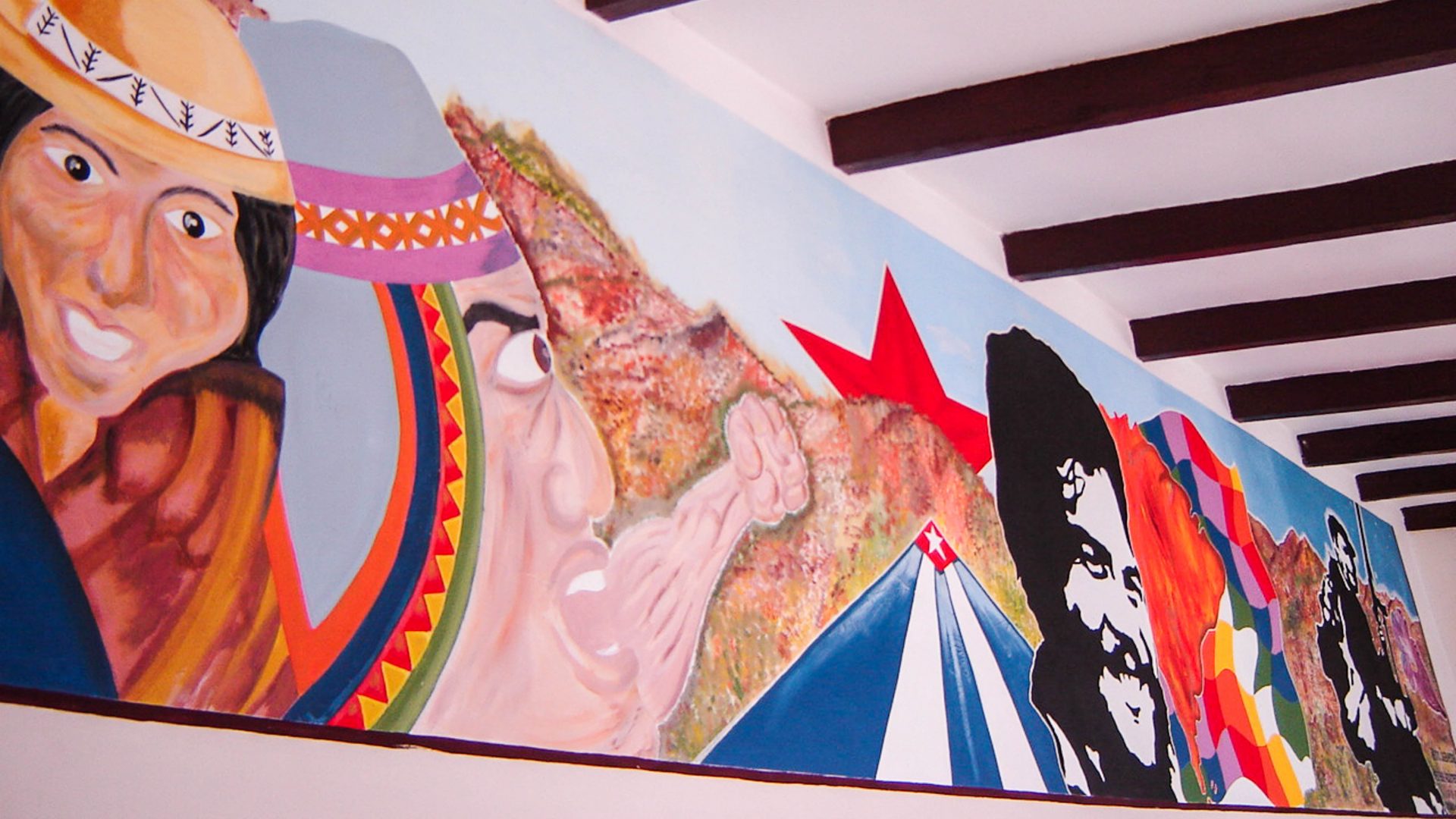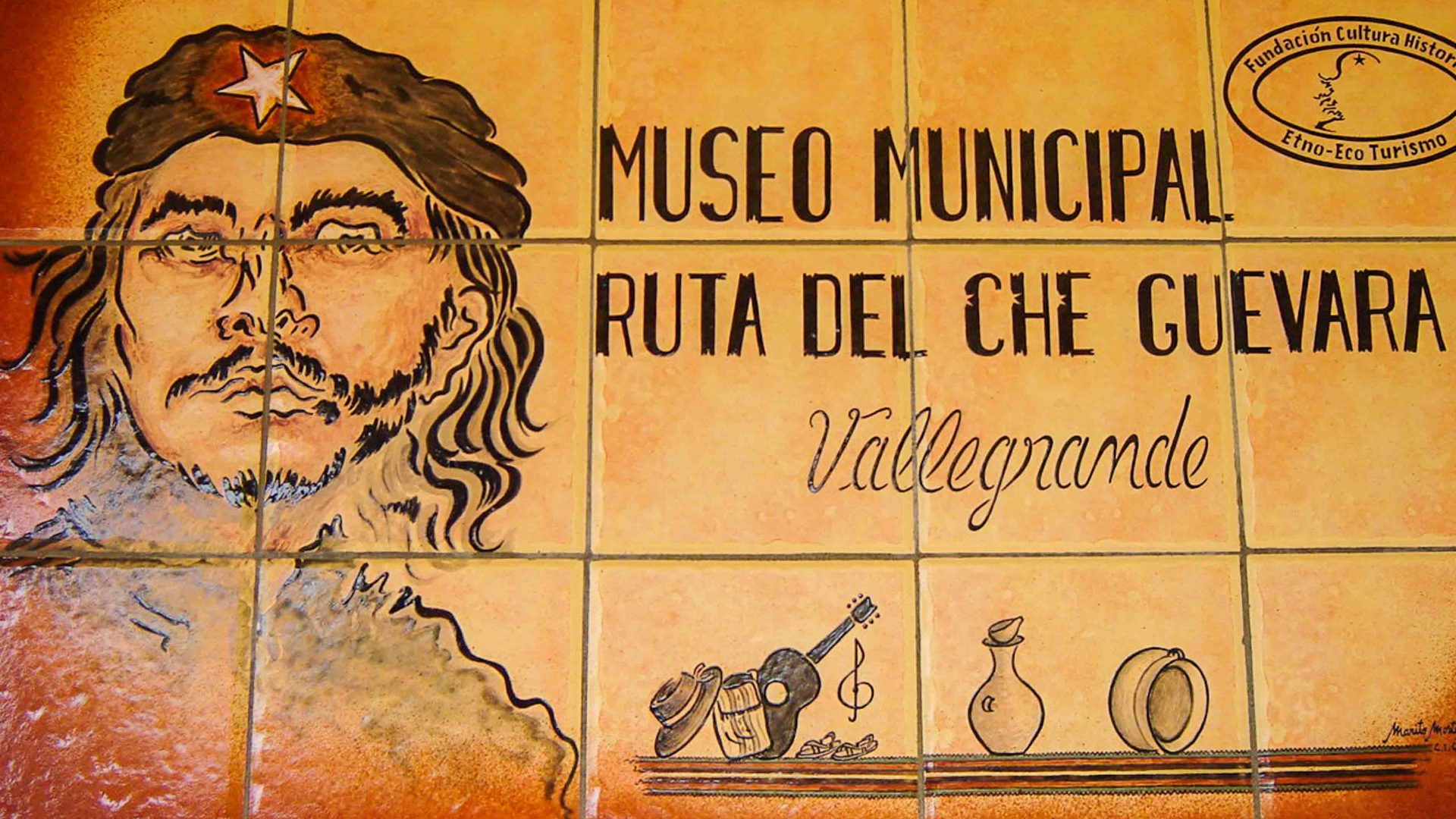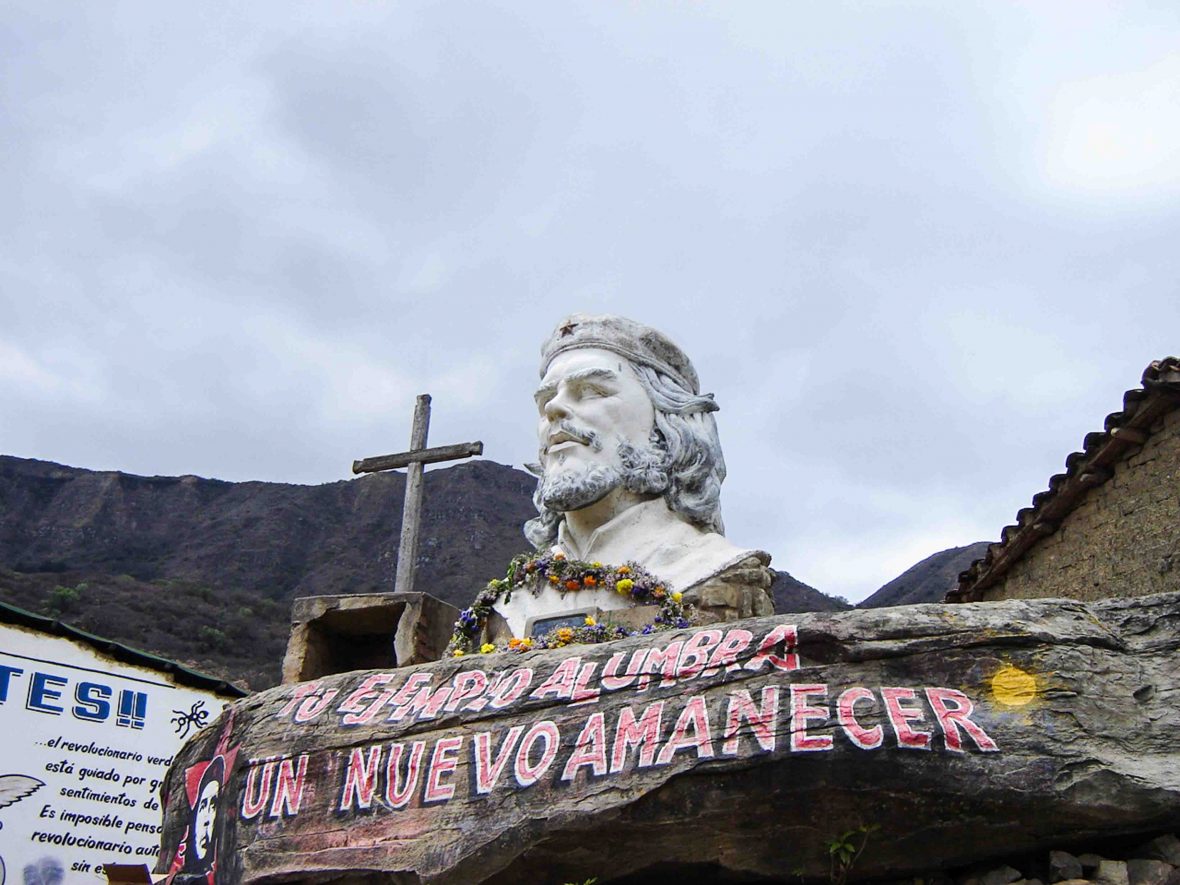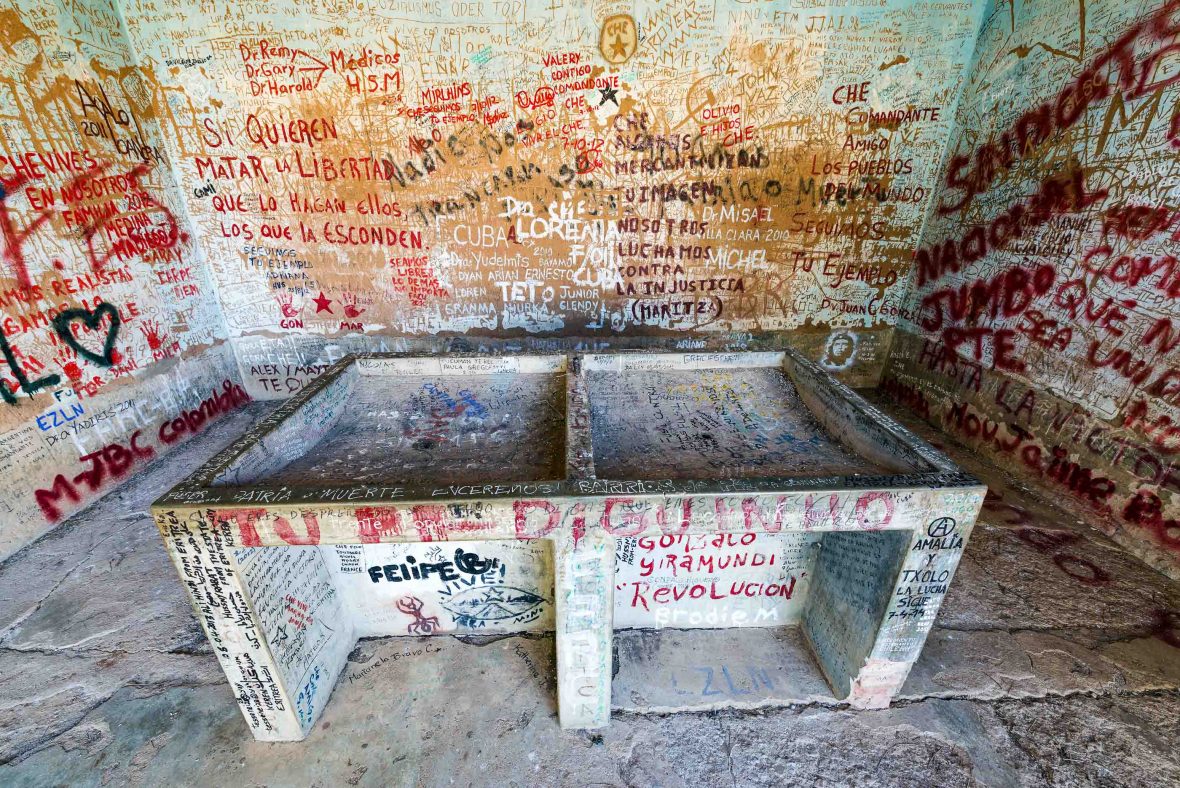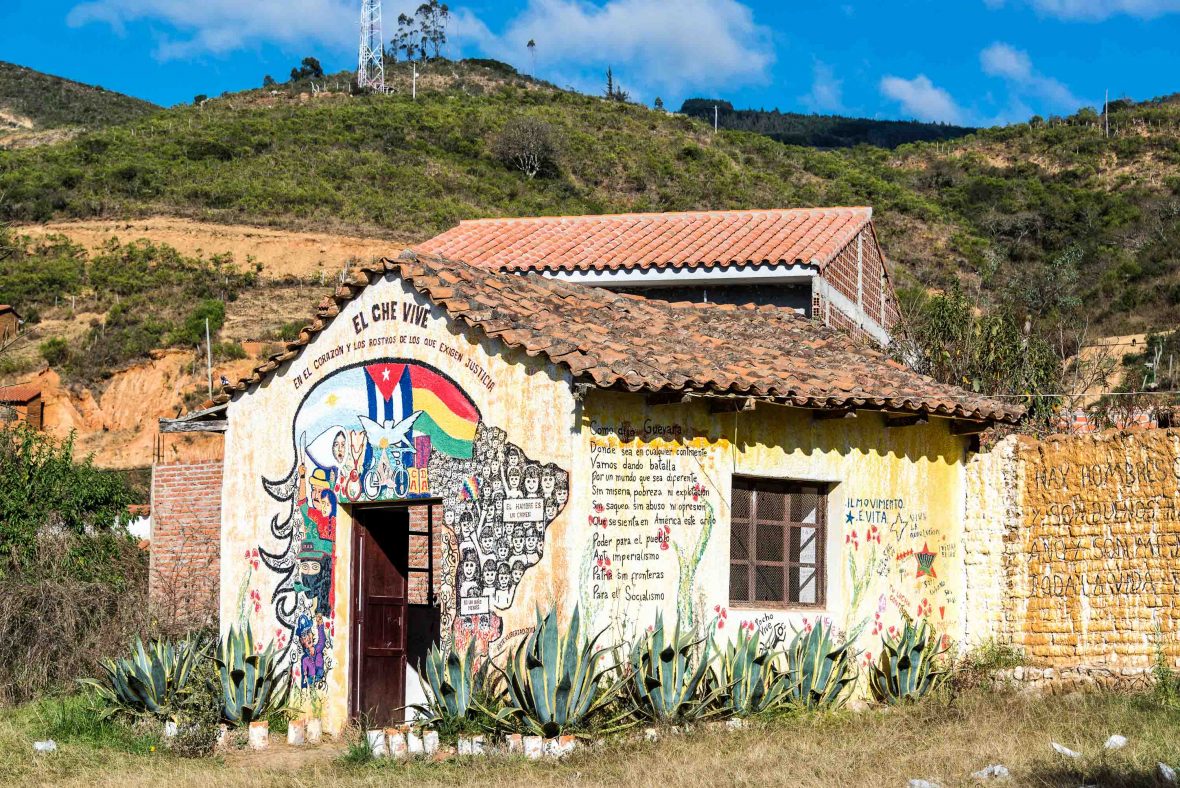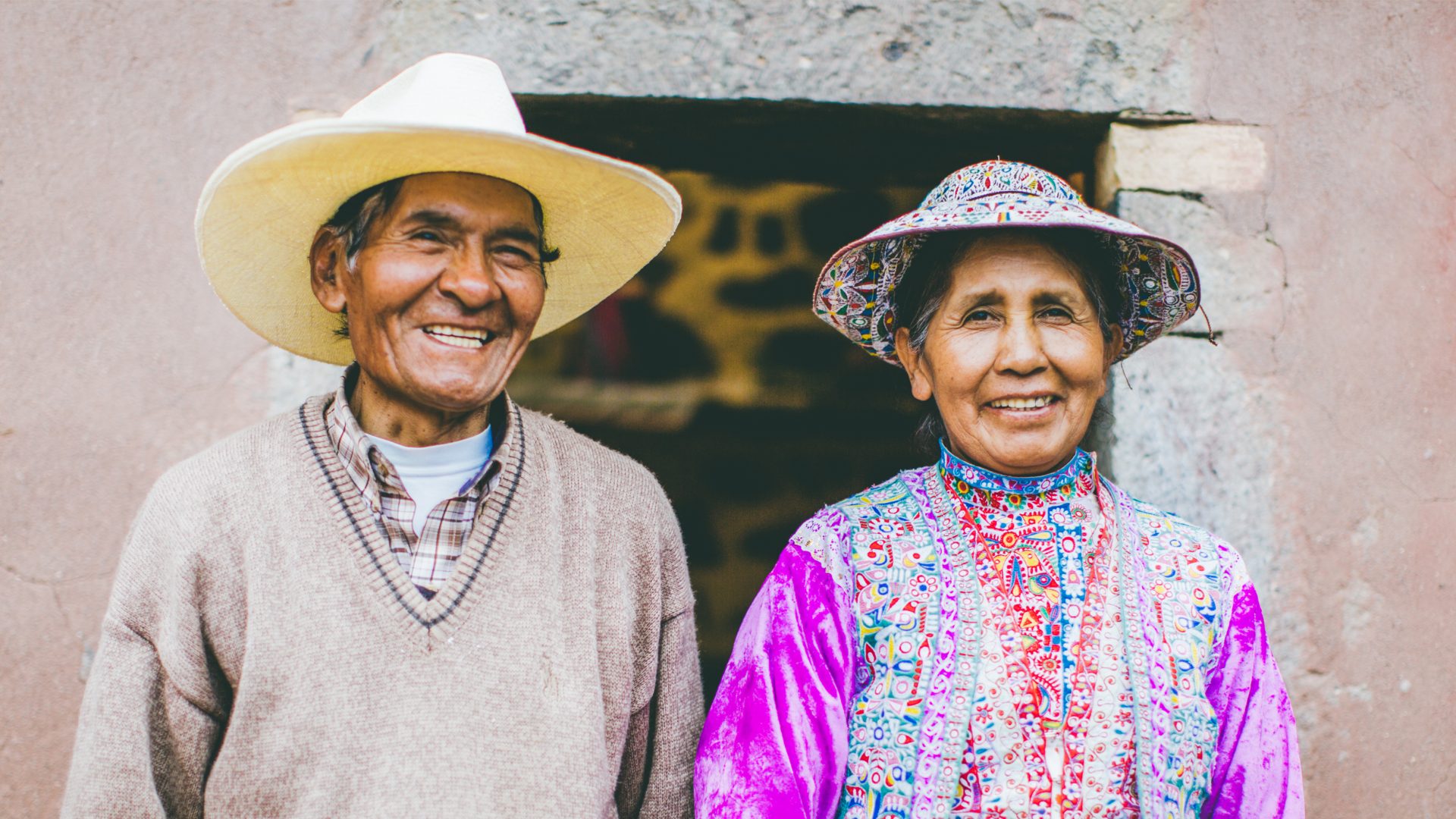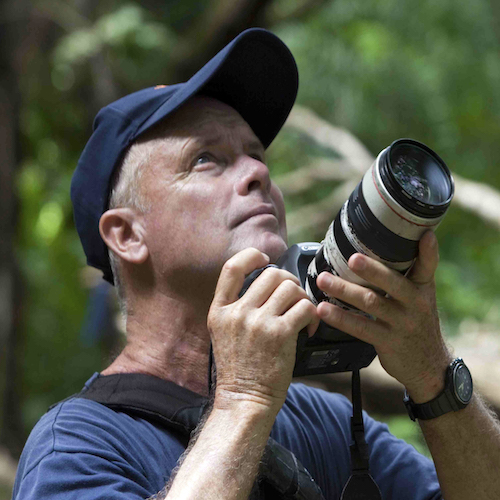Fifty years ago, Che Guevara was killed and captured, leaving behind a legacy that’s as contentious as it is celebrated. Shafik Meghji retraces the revolutionary’s final steps on the Che Trail in Bolivia.
On November 3, 1966, a nondescript middle-aged Uruguayan businessman arrived in La Paz, Bolivia, on a flight from Montevideo. He was clean-shaven, had a bald pate flanked by tufts of grey hair, and wore a pair of thick glasses. His passport gave his name as Adolfo Mena Gonzalez. Yet something didn’t quite ring true.
Within a few months, the distinctive shaggy black hair and beard grew back and the spectacles were discarded. By this point, Ernesto Guevara de la Serna—better known as ‘Che’—had launched a guerrilla campaign that aimed to topple Bolivia’s authoritarian government and spark a continent-wide revolution.
After his success with Fidel Castro during the 1959 Cuban revolution, the Argentine revolutionary had grown restless. Despite an earlier failure in the Congo, he had high hopes for Bolivia—but his optimism was wildly misplaced. Within 11 months of his arrival, it was all over. He was 39 years old when he died.
Fifty years after his death on October, 9 1967, I retraced Che’s final steps along the Ruta del Che (Che Trail) through rugged southeastern Bolivia, a journey that’s as spectacular on the eye as it is historically significant.
After a brief lunch stop in the town of Vallegrande, 120 kilometers southwest of Samaipata, we turned off the highway and onto a dirt road that switch-backed up the Cordillera Occidental mountain range, part of the Andes. At the summit, a rocky landscape sparsely covered with pine trees, the road deteriorated into a pebble-strewn track. To the east, broken hills plunged into a valley bisected by the churning Rio Grande.
There were no other vehicles, and only occasional signs of life. Every so often, we passed turnings for remote villages, including the ominously named Salsipuedes Grande and Salsipuedes Chico—Salsipuedes translates to “Leave if you can.” Daniela explains: “During bad weather, it’s impossible to leave them because the roads are too dangerous.”
In the morning, I visited the escuelita, a simple one-room building that once functioned as a school. Now a museum, it was to this spot that Che was brought after being captured in a steep-sided ravine—the Quebrada del Churo—below La Higuera on October 8, 1967.
RELATED: A side of Peru you don’t often see
“I met Gary Prado, the general who caught Che,” Daniela told me. “After they brought him to the escuelita, Prado stayed up with him. He said Che was disillusioned at first, but during the night they talked, and he became more hopeful. Che thought the army would rather have him alive, than dead.
“But on the morning of October 9, Prado left to capture the other guerrillas. When he returned around noon, he found that Che was already executed, apparently on the orders of the military high command in La Paz.” His last words, reportedly, were: “Shoot, coward, you are only going to kill a man.” The spot where he was killed is now marked by a child-sized chair.
Before leaving Vallegrande, I spoke to another guide and Che expert, Gonzalo Flores Guzmán. As a 17-year-old, Gonzalo was part of the team that discovered Che’s remains. “I had no interest in him at that point—I just wanted to earn some extra cash,” he said. “But Che became my career.”
RELATED: Dark tourism: why is it important?
Che’s guerilla campaign revolution never took hold in Bolivia. It had been one of few countries in South America to have undergone land reform; the Communist Party of Bolivia was non-committal (even actively hostile) to his campaign; and Che attracted little local support. His small band of comrades was soon on the run, hunted by the CIA-backed Bolivian army, and, as we know, they didn’t last long.
In fact, until relatively recently, many Bolivians had a negative image of Che, Gonzalo told me, thanks to his portrayal by successive military dictatorships and right-wing governments. But under the presidency of left-winger Evo Morales, perceptions have shifted.
Morales has co-opted Che’s image and is often depicted alongside him and former Venezuelan leader Hugo Chavez. “For the 50th anniversary, there will be big celebrations here,” said Gonzalo. “People will come from around the world. [Cuban president] Raul Castro and Evo are expected to attend. For me, Che still has great significance—he is a symbol of liberation.”
